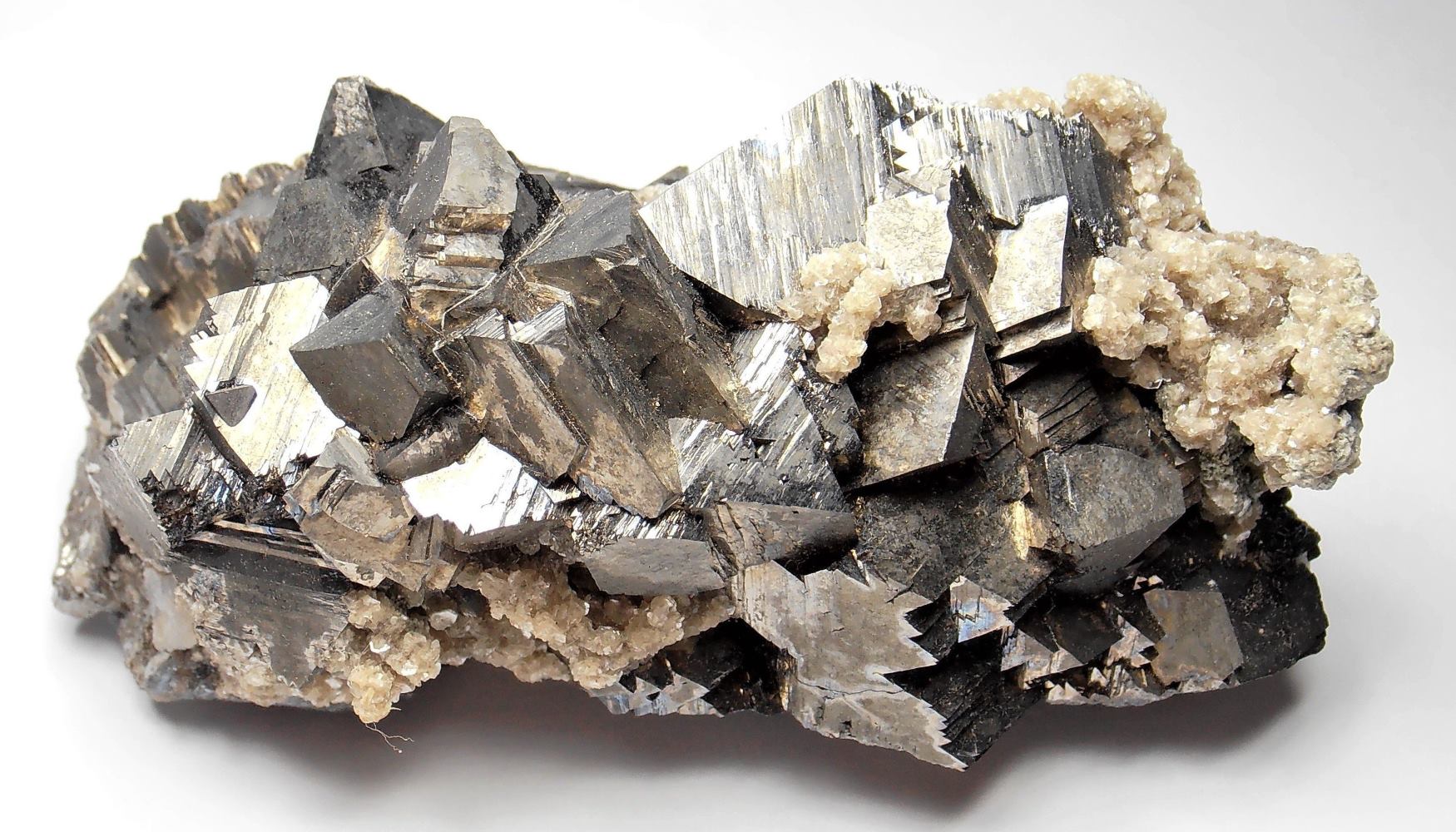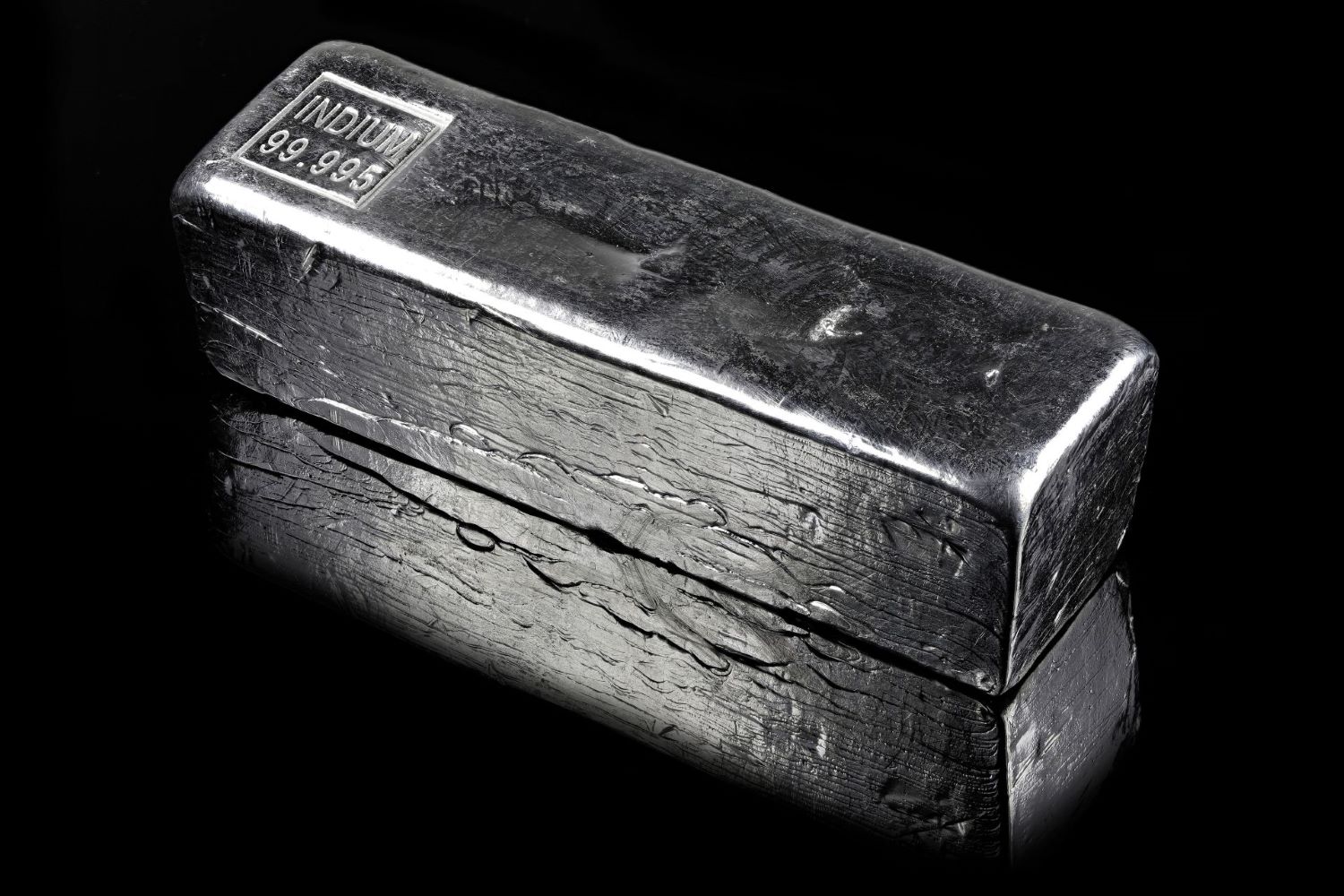
What is arsenopyrite? Arsenopyrite is a mineral that combines iron, arsenic, and sulfur. It often appears metallic and silvery, sometimes with a hint of gold. This mineral is the primary source of arsenic, a toxic element used in various industries. Arsenopyrite forms in high-temperature hydrothermal veins and metamorphic rocks. Miners often find it alongside gold, which can make it a valuable discovery. However, handling it requires caution due to its arsenic content. When heated, it releases toxic fumes, making safety measures crucial. Despite its dangers, arsenopyrite plays a significant role in mining and industry. Understanding its properties can help in safely managing and utilizing this intriguing mineral.
What is Arsenopyrite?
Arsenopyrite is a fascinating mineral with a unique composition and intriguing properties. It is primarily composed of iron, arsenic, and sulfur. Let's dive into some interesting facts about this mineral.
-
Arsenopyrite is the most common arsenic mineral found in nature.
-
Its chemical formula is FeAsS, indicating it contains iron (Fe), arsenic (As), and sulfur (S).
-
This mineral often forms in hydrothermal veins, which are cracks in rocks filled with mineral-rich water.
-
Arsenopyrite has a metallic luster, making it shiny and reflective.
-
It typically appears silver-white to steel-gray in color.
Formation and Occurrence
Understanding where and how arsenopyrite forms can give insights into its geological significance.
-
Arsenopyrite commonly forms in high-temperature hydrothermal veins.
-
It is often associated with other minerals like gold, silver, and pyrite.
-
This mineral can also be found in metamorphic rocks, which are rocks that have been altered by heat and pressure.
-
Major deposits of arsenopyrite are found in countries like China, Russia, and Canada.
-
It can also occur in sedimentary rocks, although this is less common.
Physical Properties
Arsenopyrite has several distinct physical properties that make it easy to identify.
-
It has a hardness of 5.5 to 6 on the Mohs scale, making it relatively hard.
-
The mineral has a specific gravity of 6.1, indicating it is quite dense.
-
Arsenopyrite crystals are typically prismatic, meaning they have a long, column-like shape.
-
When struck, arsenopyrite emits a garlic-like odor due to the release of arsenic.
-
It has a brittle tenacity, meaning it breaks or shatters easily when struck.
Uses and Applications
Despite its toxicity, arsenopyrite has several practical uses.
-
Arsenopyrite is an important source of arsenic, which is used in various industrial processes.
-
It is also mined for its iron content, which can be used in steel production.
-
In some cases, arsenopyrite is mined for its gold content, as gold can be found within the mineral.
-
Arsenic extracted from arsenopyrite is used in pesticides and herbicides.
-
It is also used in the production of semiconductors and other electronic components.
Environmental and Health Concerns
Handling arsenopyrite requires caution due to its arsenic content.
-
Arsenopyrite can release toxic arsenic fumes when heated or disturbed.
-
Prolonged exposure to arsenopyrite dust can cause respiratory issues.
-
Mining and processing arsenopyrite can lead to environmental contamination if not managed properly.
-
Arsenic from arsenopyrite can leach into groundwater, posing a risk to drinking water supplies.
-
Proper safety measures, such as wearing protective gear, are essential when working with arsenopyrite.
Interesting Facts
Here are some additional intriguing tidbits about arsenopyrite.
-
Arsenopyrite was first described in 1847 by German mineralogist Ernst Friedrich Glocker.
-
The name "arsenopyrite" is derived from the Greek words "arsenikos" (meaning masculine) and "pyrites" (meaning fire).
-
It is sometimes referred to as "mispickel," an old mining term.
-
Arsenopyrite can form beautiful, well-defined crystals that are highly sought after by mineral collectors.
-
Despite its toxicity, arsenopyrite has been used historically in small amounts for medicinal purposes.
The Fascinating World of Arsenopyrite
Arsenopyrite, a mineral with a metallic luster and a silvery-white hue, holds a treasure trove of intriguing facts. This mineral, primarily composed of iron, arsenic, and sulfur, is often found in hydrothermal veins and metamorphic rocks. Its unique properties make it a subject of interest for geologists and mineral enthusiasts alike.
One of the most captivating aspects of arsenopyrite is its role as a primary source of arsenic. This element, while toxic, has significant industrial applications, including in the production of pesticides, herbicides, and semiconductors. Additionally, arsenopyrite's association with gold deposits makes it a valuable indicator mineral for gold prospecting.
Understanding arsenopyrite's formation, properties, and uses provides a glimpse into the complex and interconnected world of geology. Whether you're a seasoned geologist or a curious learner, the study of arsenopyrite offers a fascinating journey into the Earth's mineralogical wonders.
Was this page helpful?
Our commitment to delivering trustworthy and engaging content is at the heart of what we do. Each fact on our site is contributed by real users like you, bringing a wealth of diverse insights and information. To ensure the highest standards of accuracy and reliability, our dedicated editors meticulously review each submission. This process guarantees that the facts we share are not only fascinating but also credible. Trust in our commitment to quality and authenticity as you explore and learn with us.


